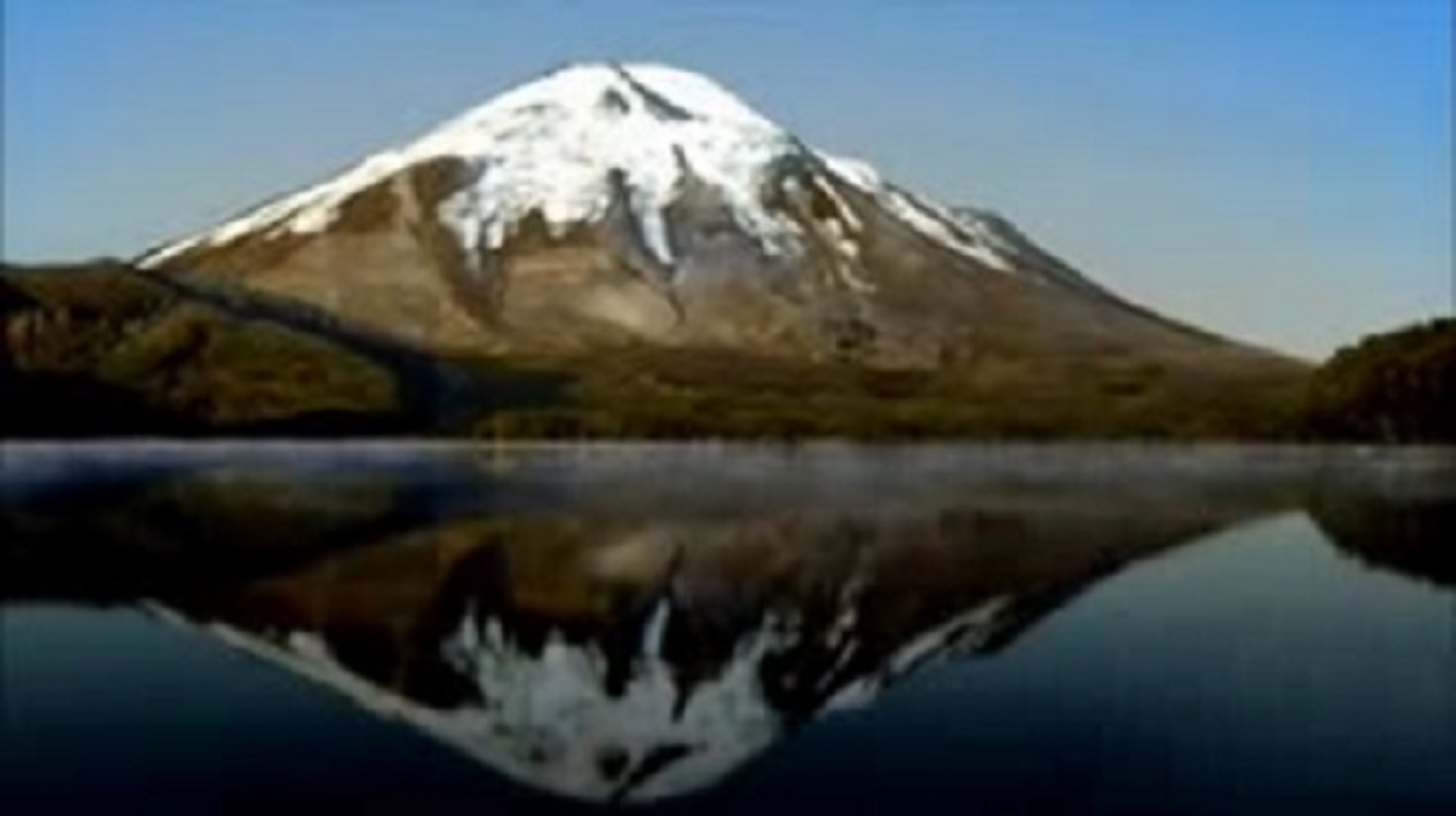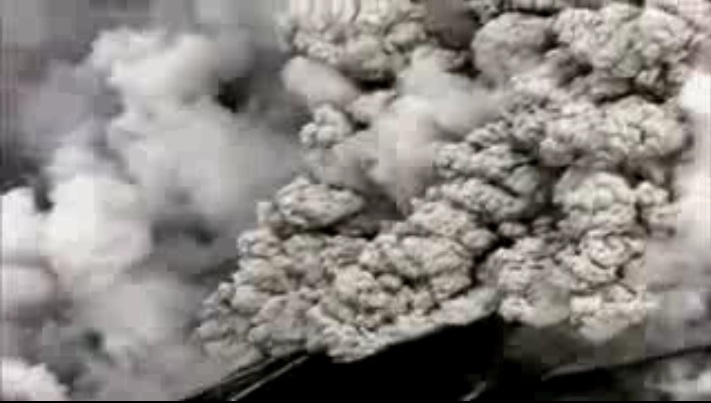A volcano is formed when magma finds a weak spot or opening in the Earth’s crust along tectonic plates and bursts through. Most volcanoes erupt on a mountain situated along tectonic plates. These mountains would have been formed by colliding plates or prior solidified magma.
Some volcanoes can erupt on generally flat land as fissures open mostly along divergent boundaries or inland as maars. In continental interiors hot spots can generate and creates volcanoes e.g Mauna Loa, Hawaii.
Distinction of Volcanoes
Active Volcanoes
As the name suggest, these volcanoes are always active and erupt more often e.g Mt Fuji in Japan. These volcanoes can erupt violently or just release heat or gases on a yearly, monthly, or even on a daily basis. Usually these volcanoes are found along plate boundaries where a lot of collision occurs or along hotspots in earth’s interior such as in Hawaii. Active volcanoes require regular monitoring as they can erupt at any time.
Extinct
Extinct volcanoes have not erupted for a very long time and when they were periodically anticipated to erupt they remained quiet and are now considered non-threat. Usually these volcanoes have been eroded for years or covered with vegetation.
Dormant Volcanoes
Dormant volcanoes have been quiet for a while but have just recently erupted; they die and resurrect again. When these volcanoes erupt most people are unaware of it as they believe that the volcano is extinct and no longer a menace. For example, Mt Pinatubo erupted in 1991 after more than 600 years when it erupted in 1380. Mt St.Helens, in the western end of USA , erupted in 1980 after more than 120 years.
Types of Lavas
Two main types of lavas can be classified:
Fluid Basaltic Lavas
Fluid lavas are runny and watery and have a low silica content e.g Mt Nyirangongo in DRC. They can travel several kilometres before cooling and solidifying. They’re mainly extruded from fissures or along hotspots and forms shield volcanoes e.g Hawaii. These types of lava often forms a rugged frothy texture called aa.
Viscous Lavas
These lavas are dense containing little water thus quickly solidifies near the flanks of a volcano. The lava is of felsic type (light minerals) containing high amounts of silica. They often form a smooth wrinkled pattern called pahohoe. Viscous lavas are often formed from cataclysmic eruptions that contains more gases.pahoehoe. 
Pahoehoe lava, source:Pexels
Types of Volcanoes
Composite Cones/Strato-volcanoes

Composite Cones are one of the most destructive volcanoes. They are symmetrical in shape and mainly extrude viscous(thick) magma from a central vent which is composed of toxic gases such as carbon dioxide and argon. When these volcanoes erupt they release tonnes of ash of in the atmosphere which can reduce sunlight for months or years e.g 1816 year without summer, caused by 1815 Mt Tambora eruption in Indonesia.
A fiery flow of ash mixed with rock fragments known as a Pyroclastic flow/ Nuee Ardente race down the mountain side at high speeds engulfing anything in the path. When these volcanoes erupt they leave a huge void (blow out) known as a crater. Mt Aconcagua in S.America, Mt Fuji (Japan) and Mt Rainier in Washington are examples of composite cones.
Lava from composite cones is usually viscous containing high silica. The lava itself does not pose much harm as it quickly solidifies, but it can melt ice resulting in a mudflow containing volcanic debris and water called lahar.
 Mt St.Helens, composite cone; src: Pexels
Mt St.Helens, composite cone; src: Pexels Mt Fuji a Composite cone
Mt Fuji a Composite coneGeneral Note
Pyroclastic Materials/Tephra vary in Size.
Ash is less than 4mm
Lapilli are small fragments ranging between 4-30 mm in size and Bombs are huge rock blocks above 30 mm in size.

Cinder Cone
Cinder cones are small volcanoes that eject fragmented lava. They are less violent and contain less gases compared to composite cones. These volcanoes usually develop as child volcanoes near major parent volcanoes.

Shield Volcanoes
Shield Volcanoes are wide dome shaped volcanoes that mainly extrude fluid basaltic magma. The fluid lava is ejected regularly and flow long distances before congealing. These volcanoes are less violent. Mauno Loa in Hawaii is a good example.

Cumulo-domes
Cumulo-domes are dome shaped Volcanoes mainly made from viscous acidic lava that travel a few kilometres before solidifying. They resemble a tortoise’s back.
Maar
These are broad, shallow craters left when a volcano erupts. The hole can be filled with water to form a lake.
 Maar img by https://upload.wikimedia.org/wikipedia/commons/thumb/1/1d/Gour_de_Tazenat.JPG/800px-Gour_de_Tazenat.JPG
Maar img by https://upload.wikimedia.org/wikipedia/commons/thumb/1/1d/Gour_de_Tazenat.JPG/800px-Gour_de_Tazenat.JPGCaldera
A caldera is an enormous depression that result from extreme explosions which collapses the whole flanks of the volcano into the depression. In simple terms a caldera is a widened crater. Generally the volcano is left unrecognisable.
 Caldera image byKidsgeo
Caldera image byKidsgeo